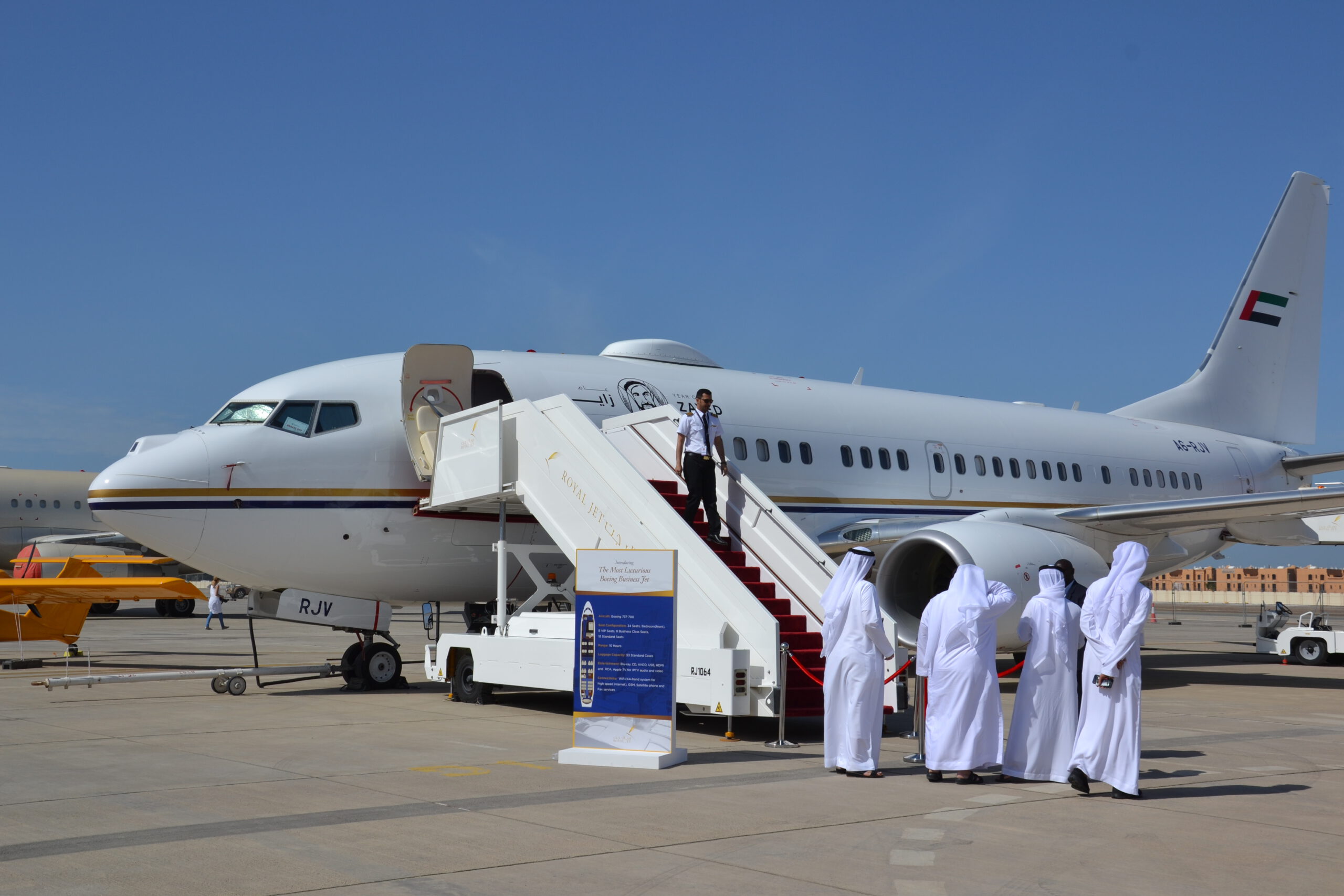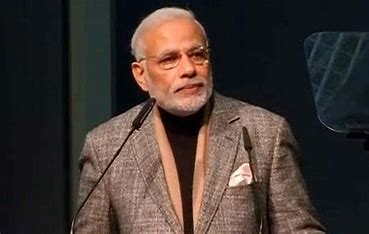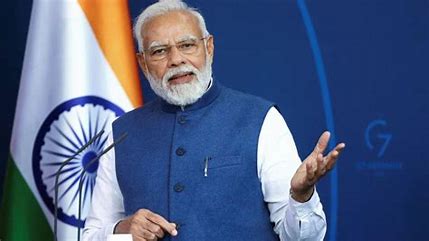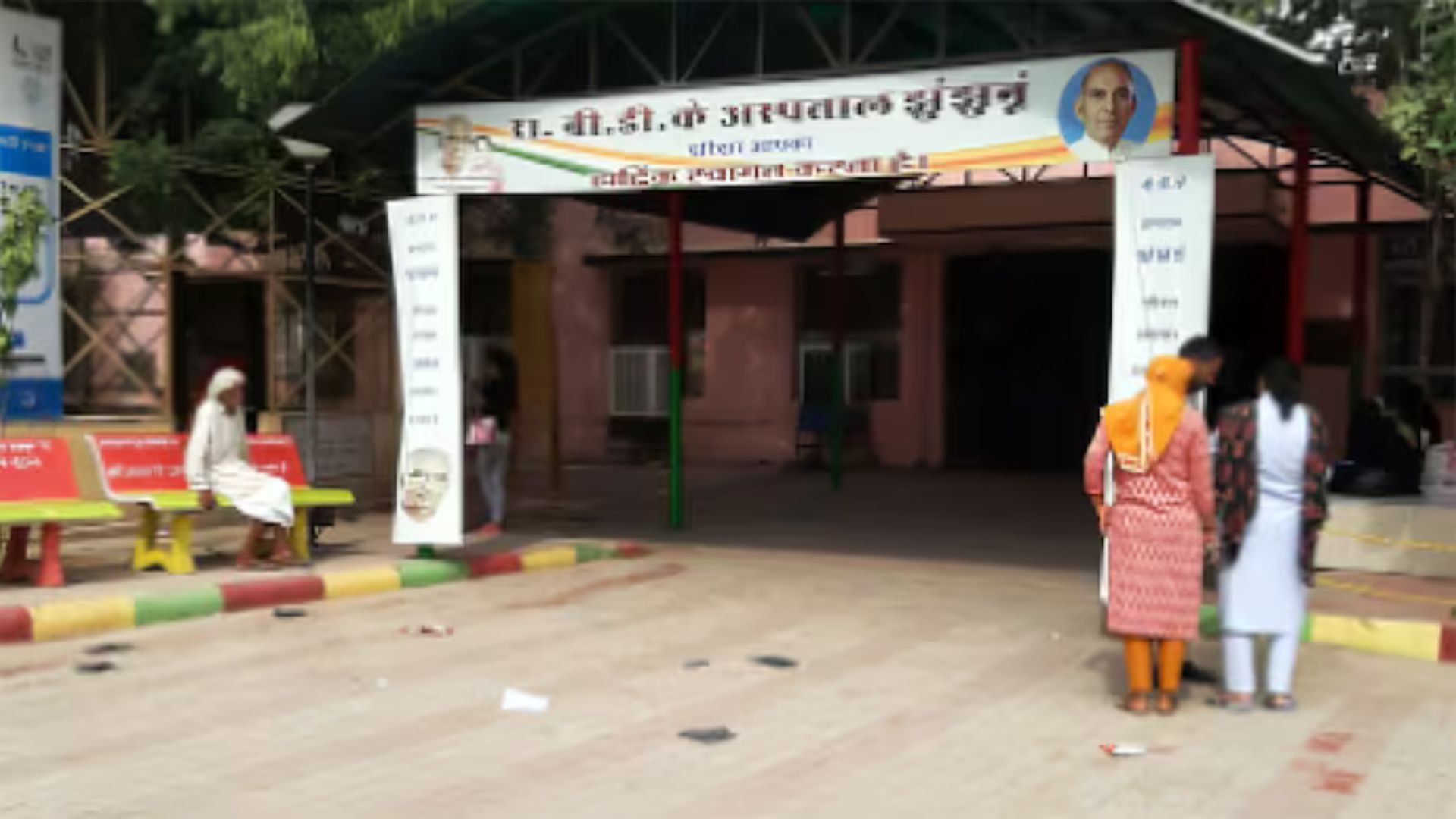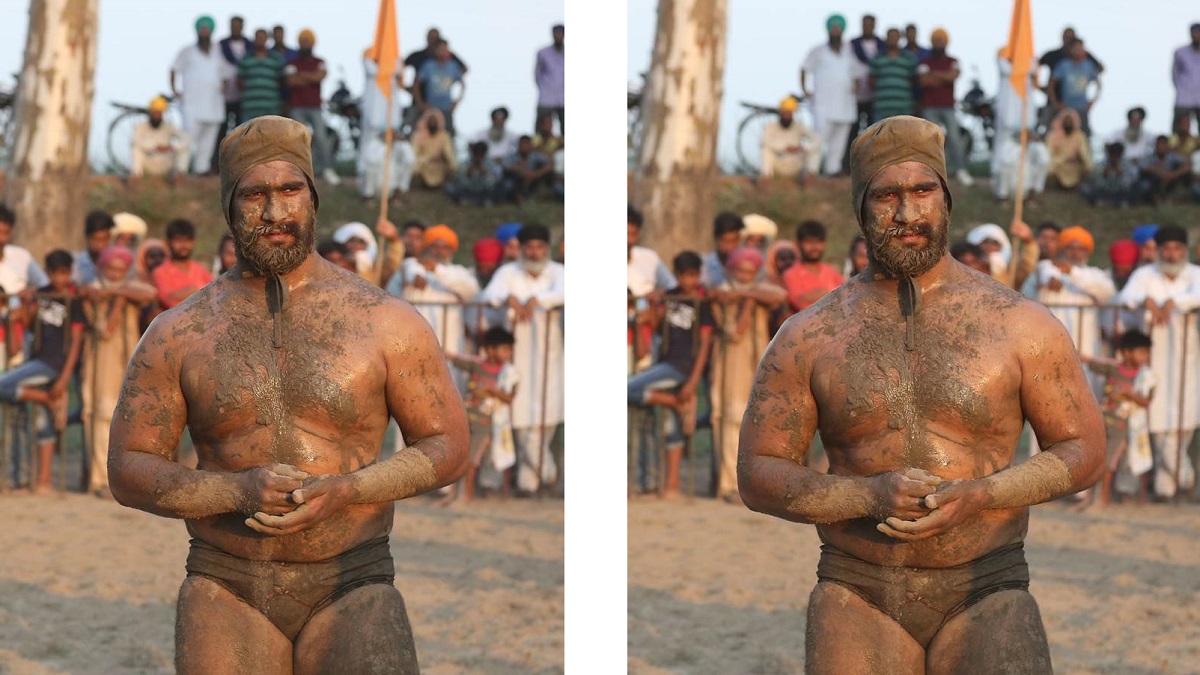
The wrestling scene in India has come to an unprecedented halt in the wake of coronavirus pandemic. After the nationwide lockdown was announced last month, hardly any wrestling matches have taken place, and it is possible that the standstill might stretch till August. Since March, the time which could accommodate at least 400 dangals, it is believed that Indian wrestlers have suffered the loss of about Rs 25 crore. Parvinder Dumchhedi, wrestler from Punjab, earned Rs 1 crore annually, a decade ago.
Surprisingly In 2016, Mausam Khatri, Asian Games 2010 medalist, had earned a record sum of Rs 1 crore in three-day Bharat Kesri Dangal at Gurgaon. Surprisingly, the accolades are not only monetary. These wrestlers collect cars, motorbikes, gold, tractors and even buffalos. Cessation in sport has severely hit the wrestlers like Jaskanwar Gill aka Jassa Patti, who would amass around Rs 30 lakh annually. Jassa Patti is not the only wrestler whose earnings have stopped, even the elite Indian heavyweight wrestlers are suffering these days, because of the stakes on the players in such matches are relatively higher. In tournaments like the Haryana Government’s Bharat Kesri Dangal, the cash prize of Rs 1 crore is distributed among the 10 champions—five men and five women share the sum equally. To get an idea of the earnings of a wrestler, we can take the case of former Olympian Rajeev Tomar, who has won the title of Bharat Kesari 32 times. It is fortunate for the sport that dangals are largely organised in May and June.
But between July and August, around 150 small dangals are held wherein the prize money for each victor ranges from Rs 5 lakh to Rs 7 lakh. And in such scenarios, a sum of Rs7.5 crore is at stake. Of these 150 dangals, at least 50 are bigger in importance and the prize money for each winner goes up to Rs 15 lakh. Which implies, another Rs 5 crore are added. Estimated, by the end of the August, Indian wrestlers will be deprived of a potential prize money worth Rs 28 crore. In Rajasthan, around 150 dangals begin after Holi in the month of Chait. Similarly, not less than 60 dangals are held in Punjab, about 15 each in Maharashtra, Ujjain and Indore respectively.
Between July and August, 125 dangals are organised in Punjab and about 60 in Himachal Pradesh. Dangals like Mananahana (Hoshiarpur), Malerkotla (Sangrur), Benasa, Bharatgarh (Rupnagar), Faridkot (Punjab) and Varna Nagar (Kolhapur), Hathras (UP) and Hukum Singh Dangal in Delhi are quite popular. If dangals do not resume from September, the situation will worsen, especially in Maharashtra, Himachal Pradesh, and Jammu and Kashmir, where ideally 50 dangals are hosted between September and October. There is a huge demand for heavyweight wrestlers in these dangals and they get a large sum of prize money. The amount up to Rs 10 lakh is given for the number one bout. But in lighter weights, the prize money involved is very less. In fact, a wrestler can only survive from these dangals. But as the demand of the wrestler increases, the status and the respect rise too. Which implies that for most of these wrestlers, dangals are the sole sources of their livelihood. And if the lockdown keeps stretching, wrestlers will suffer more.


